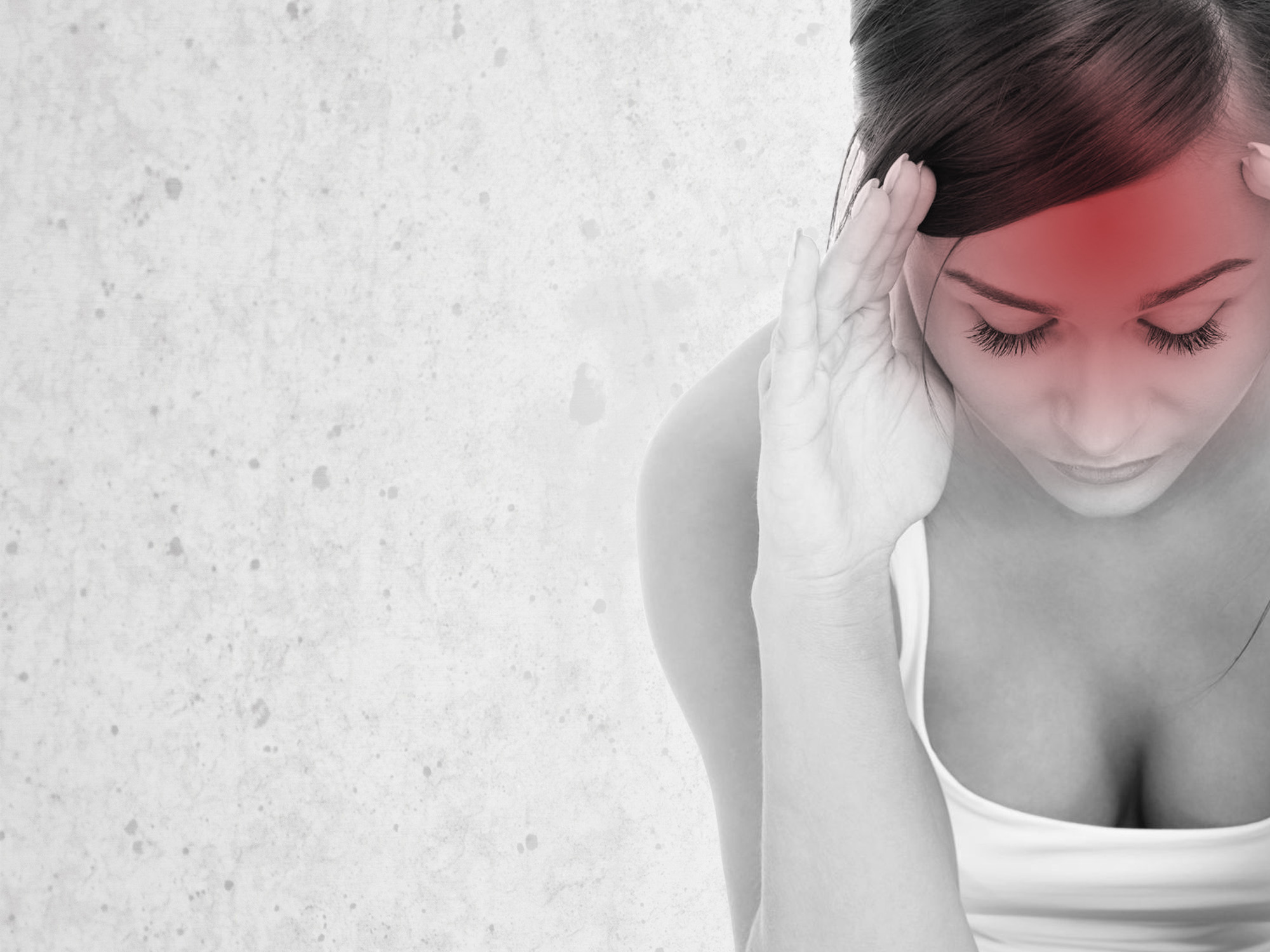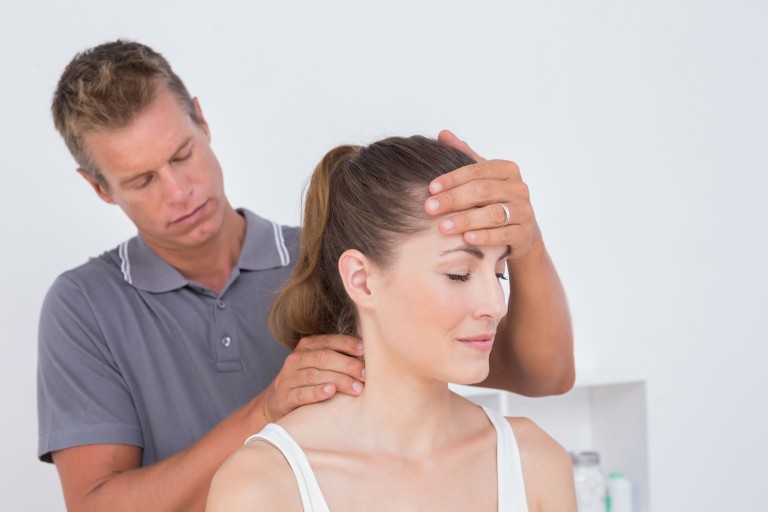Headache and Migraine Awareness Week 2020
Maybe you’ve seen flashes of light cross your field of vision and you’ve known a migraine was on its way. Or you’ve had to lie down in a dark room, waiting for a blinding headache to ease up… sounds like you’re one of Australia’s 4.9 million migraineurs!
Migraine headaches usually feel like pulsing or throbbing pain on one side of the head. They can also cause nausea, vomiting, and sensitivity to light and sound. And they can be much more severe than other headaches. But, migraines aren’t all alike. Yours might be very different from someone else’s.
Fast facts on migraines:
- The costs of migraine in Australia are estimated at $35.7 billion per year
- 71% of migraine sufferers are women
- Almost 10% of sufferers experience migraine more than 15 days per month
- Prevalence of migraine increases from 12 years to about 40 years and then declines subsequently in both sexes
- 23% of households contain at least one person who has migraine
- Nearly all those with migraine and 60% of those with tension-type headache experience reductions in social activities and work capacity


With or Without Aura?
The two major categories of migraine are migraine with and without aura. The ‘aura’ includes all of the funny symptoms that classically come before the headache like visual symptoms such as seeing lines, shapes, or flashes, or even losing some of your vision for 10 to 30 minutes. You may also feel tingling in your arms and legs or have your sense of smell, taste, touch, movement or speech affected.
Aura doesn’t occur for every migraineur though, in fact it only happens to around 1 in 4 migraine sufferers.
Common migraine ‘sub-types’
Brainstem aura – This includes visual, sensory and/or speech or language symptoms and also includes at least two of the following symptoms: slurred speech, vertigo (a sensation of spinning or dizziness), tinnitus (ringing in the ears), double vision, unsteadiness, and a severe sensitivity to sound.
Chronic – This is a headache that happens 15 or more days a month for more than 3 months. It includes migraine symptoms on at least 8 of those days each month.
Hemiplegic – Meaning ‘paralysis of one side of the body’. The aura that accompanies these headaches causes a temporary weakness on one side of the body. Because of the overlap in presentation of strokes and hemiplegic migraines these sorts of migraines are often treated with the utmost seriousness.
Menstrual – These usually happen within a few days either side of a woman’s monthly period starting. Women who get these may also have other kinds of migraine headaches at other times of the month, but the migraine around the menstruation is usually without aura.
Ocular (or Retinal) – This form of migraine is rare. They involve seeing colors, flashing lights or other visual disturbances in one eye only. The visual disturbance typically lasts for less than an hour, and is followed by a typical migraine headache.
Vestibular – With this type of migraine, vertigo is a prominent feature. The spinning sensation usually lasts between a few minutes and hours.
There is no one clear cause for all migraines and headaches. It is suspected that they result from a host of differing abnormalities which interfere with the normal back and forth way nerves, their chemicals and blood vessels communicate within the brain. Genetics clearly make someone more sensitive to the triggers that can cause migraines but many sufferers have no familial history.
Common triggers that are likely to set off migraines:
- Hormonal changes: Women may experience migraine symptoms during menstruation, pregnancy and menopause due to changing hormone levels.
- Emotional triggers: Stress, depression, anxiety, excitement, and shock can all trigger a migraine.
- Physical causes: Tiredness and insufficient sleep, shoulder or neck tension, poor posture, and physical overexertion have all been linked to migraines. Low blood sugar and jet lag can also act as triggers.
- Triggers in the diet: Alcohol and caffeine can contribute to triggering migraines. Some specific foods can also have this effect, including chocolate, cheese, citrus fruits, and foods containing the additive tyramine. Irregular mealtimes and dehydration have also been named as potential triggers.
- Medications: Some sleeping pills, hormone replacement therapy (HRT) medications, and the combined contraceptive pill have all been named as possible triggers.
- Triggers in the environment: Flickering screens, strong smells, second-hand smoke, and loud noises can set off a migraine. Stuffy rooms, temperature changes, and bright lights are also possible triggers.
Treatment
Lifestyle alterations that might help reduce the frequency of migraines include:
- getting enough sleep
- reducing stress
- drinking plenty of water
- avoiding certain foods
- regular physical exercise
Consider seeking further treatment if the above changes do not relieve the symptoms or decrease the frequency of your migraines. The treatment of migraine symptoms focuses on avoiding triggers, controlling symptoms, and in some cases taking medicines that decrease the frequency of events.
Headaches and migraines are a very common reason why patients attend our clinic and our Osteopaths use a holistic approach to treatment and management. We commonly see people who suffer from migraines triggered by muscle tension, strain or stiffness in the upper back and neck but we often also help people understand what their other triggers might be and help them identify when other treatments might be beneficial. Liaising with your GP or neurologist is often part of the process. This is key in creating comprehensive care plans that decrease the number of headache days, headache intensity and improve quality of life overall for migraineurs.



